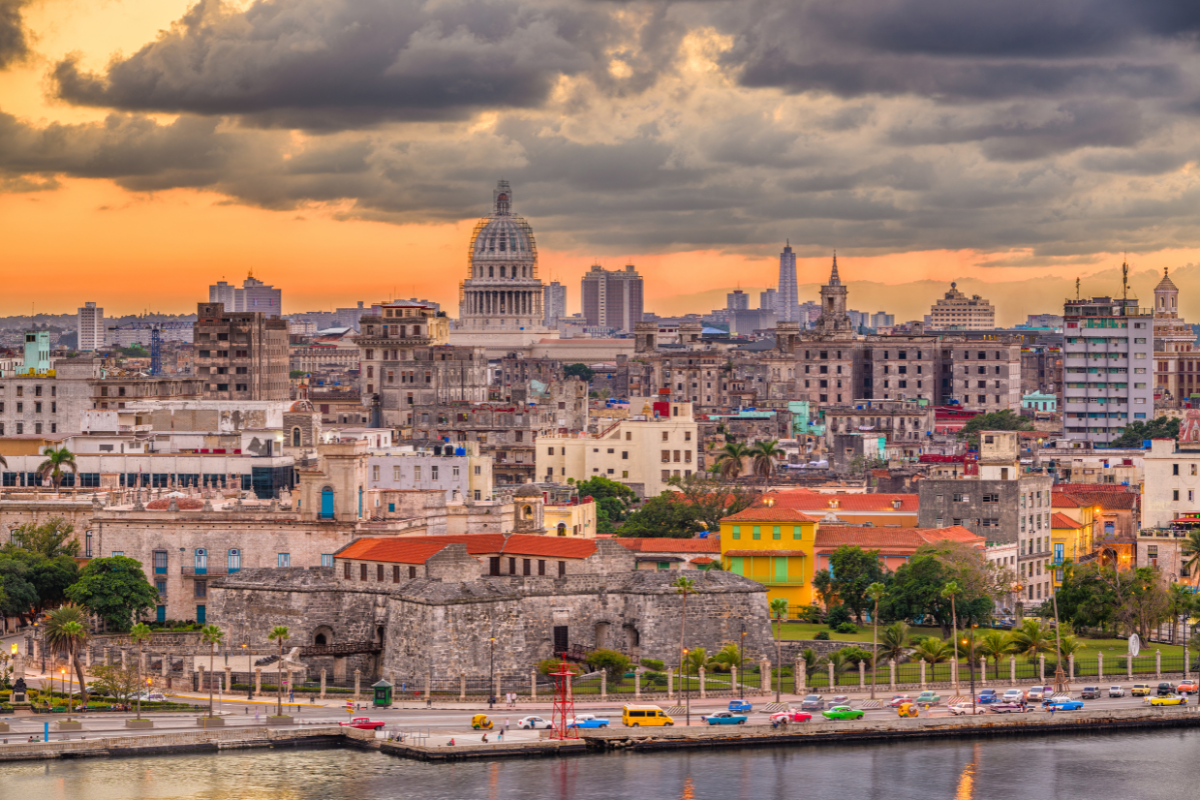If you’re dreaming of colorful colonial streets, classic cars, and salsa rhythms echoing through warm tropical nights, Cuba should be at the top of your travel list. But before you pack your bags and set off for Havana or Trinidad, it’s worth understanding that Cuba is not your typical tourist destination.
The island offers a blend of culture, history, and spontaneity that rewards curious and flexible travelers. These five travel hacks will help you navigate Cuba with ease and dive into a more authentic experience, one that most tourists miss entirely.
1. Stay in “Casas Particulares” for Real Cuban Hospitality
Forget the generic hotel room. For a genuine look into Cuban life, book a casa particular—a private homestay licensed by the Cuban government. These guesthouses are usually family-run, affordable, and a fantastic way to connect with locals. Most hosts are eager to share stories, help with directions, and even cook you a delicious breakfast (or dinner upon request).
Casas come in all shapes and sizes, from city apartments in Havana to charming countryside homes in Viñales. Staying with a Cuban family gives you the inside scoop on the best nearby spots, hidden restaurants, and local customs. It’s not just a bed for the night, it’s an open door into Cuban culture.
2. Book Private Tours in Cuba for Flexibility and Local Insight
Group tours can be limiting, especially in a country as nuanced and layered as Cuba. Opting for private tours in Cuba can elevate your experience, giving you personalized attention and the chance to dig deeper into what interests you most, whether that’s architecture, history, cigars, or rum.
Private guides are often multilingual and deeply knowledgeable. Many are university-educated Cubans who love to share the stories and secrets of their cities. They can take you off the beaten path, introduce you to local artists, musicians, or farmers, and tailor the day based on your pace and preferences. You’ll see more, understand more, and leave with a richer sense of place.
3. Download Offline Maps and Translation Tools Before You Arrive
Internet access in Cuba is improving, but it’s still far from seamless. Wi-Fi is available in public parks, some hotels, and restaurants, but usually requires purchasing a prepaid card and logging into a government network. That means you’ll want to plan ahead to avoid being stuck without vital information.
Download offline maps like Maps.me or Google Maps offline regions to help you get around. Also, having a translation app (like Google Translate) that works offline is incredibly helpful, especially outside the main tourist zones where English is rarely spoken. These tools can make the difference between a confusing experience and a confident one.
4. Embrace the Dual Currency System and Always Carry Cash
Cuba’s monetary system can be confusing for first-time visitors. The Cuban peso (CUP) is now the only official currency, but due to recent economic changes, prices can vary drastically, especially between tourist-focused services and local businesses. Most local shops, street food vendors, and taxi drivers do not accept cards.
Bring enough cash, ideally euros or Canadian dollars, as US dollars are often subject to a 10% exchange penalty. ATMs are unreliable and credit card usage is limited, especially for American-issued cards. Exchange a small amount at the airport for immediate needs, but you’ll often find better rates through informal exchanges arranged through your casa host or local contacts.
Be mindful when spending and learn to recognize the value of items in pesos to avoid being overcharged. Understanding how locals use and value money helps you avoid tourist traps and deepens your cultural immersion.
5. Learn Basic Spanish and Travel with an Open Mind
Cuba is a Spanish-speaking country, and while you’ll find English speakers in tourist hubs, many places operate almost entirely in Spanish. Learning a few key phrases can go a long way—not just for practical communication, but for building genuine connections.
Simple words like “por favor” (please), “gracias” (thank you), or “¿cuánto cuesta?” (how much does it cost?) can open doors, sometimes literally. Cubans are known for their warmth and friendliness, and making the effort to speak their language is always appreciated. It shows respect, sparks smiles, and often leads to unexpected invitations and conversations.
Equally important is traveling with patience and flexibility. Cuba doesn’t always follow a strict schedule, and things like transportation, meals, or electricity might not run the way you’re used to. But that’s part of the charm. Accept the rhythm of the island, and you’ll discover spontaneous moments, like stumbling upon a rooftop concert or a hidden courtyard café, that no guidebook can plan for you.
Final Thoughts
Cuba rewards the traveler who goes beyond the surface. With these five hacks in mind, staying local, choosing private tours, preparing offline tools, mastering the money situation, and embracing the language and culture, you’ll set yourself up for a smoother, more enriching experience. The island is full of contrasts and contradictions, but it’s also filled with heart, resilience, and beauty.
So don’t just visit Cuba, connect with it. The deeper you go, the more unforgettable your journey will be.



